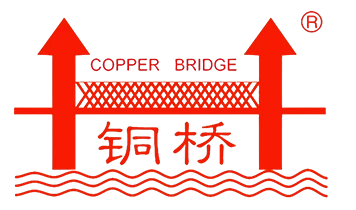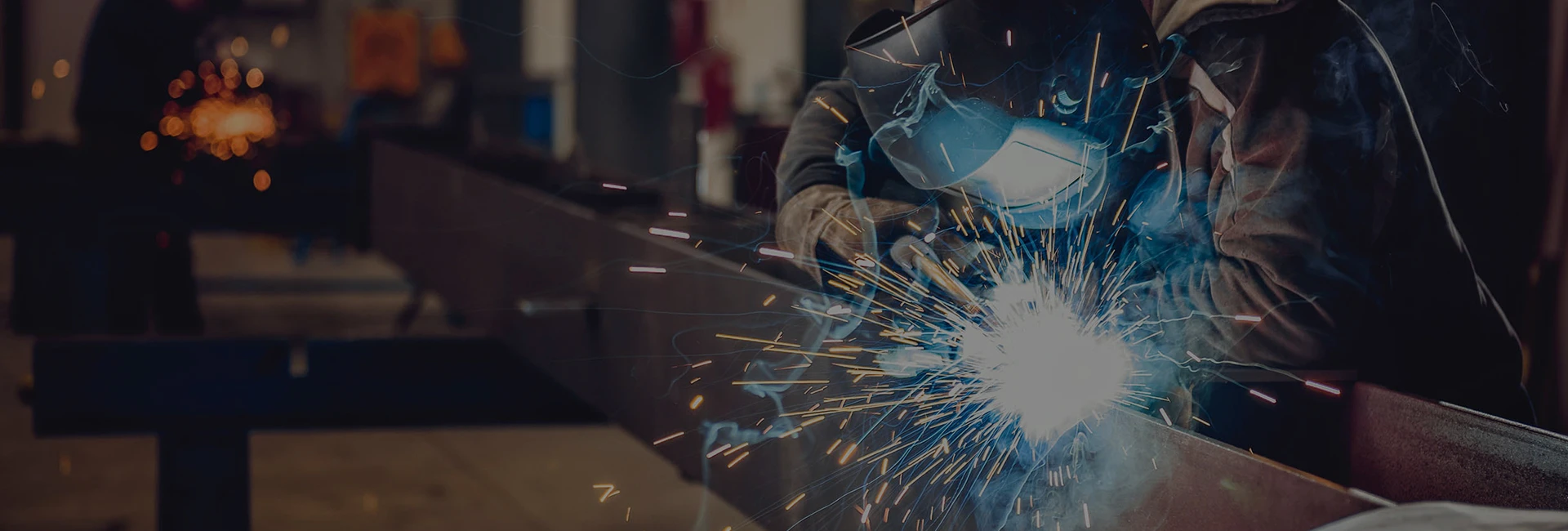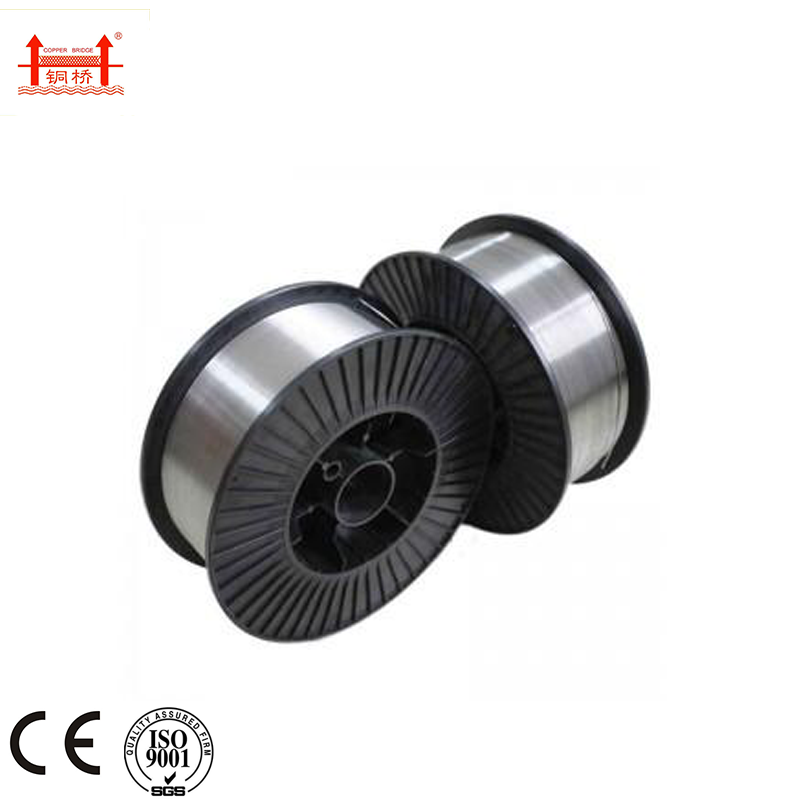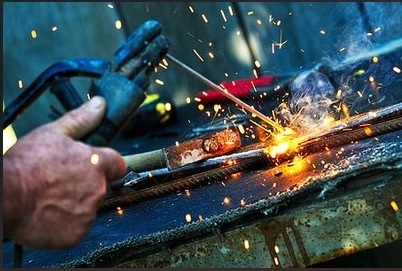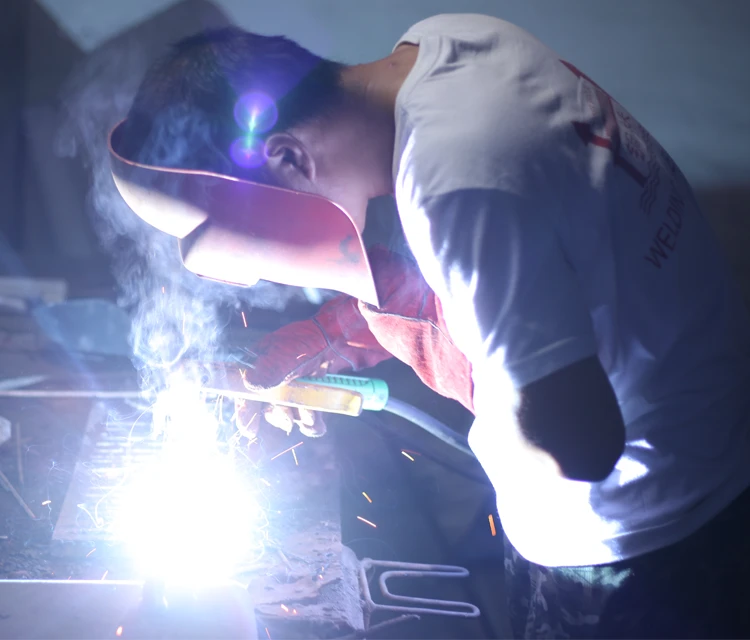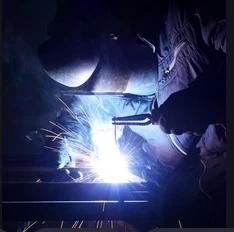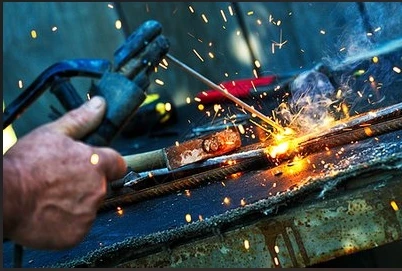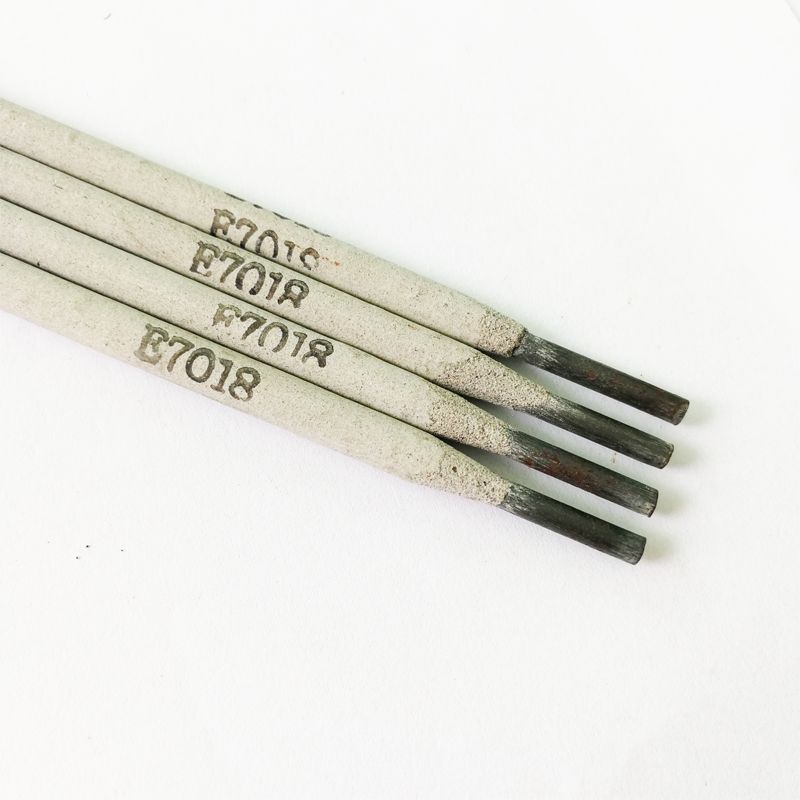Comprehensive Guide to AWS E7018 Welding Electrode - Durability & Global Applications
Nov . 24, 2025 12:00
Why Understanding AWS E7018 Welding Electrode Matters Globally
At first glance, a welding electrode might not seem like a game-changer on the world stage. But the aws e7018 welding electrode quietly powers critical infrastructure from towering skyscrapers to offshore oil rigs, and even life-saving emergency shelters. With industries striving for stronger, safer, and more reliable metal joints, knowing about this electrode—and why it’s so loved by engineers worldwide—opens a window into how modern society builds everything around us.
In real terms, welding electrodes are among the unsung heroes of industrial progress. Choosing the right one can mean the difference between a structure that endures decades of wear and one prone to costly failures. As globalization ramps up construction, transport, and repair operations, the demand for dependable welding products only grows—so understanding the benefits and applications of the AWS E7018 electrode helps professionals and businesses stay ahead.
Introduction: The Global Context of AWS E7018 Welding Electrode
Across continents, robust construction standards and manufacturing safety requirements hinge on reliable welding consumables. According to the International Organization for Standardization (ISO), failures in welds cause a significant portion of industrial accidents and economic loss globally. The aws e7018 welding electrode, adhering to stringent AWS (American Welding Society) criteria, addresses many concerns by ensuring high strength and impressive toughness.
Post-pandemic infrastructure spending surged worldwide—especially in Asia-Pacific and North America—leading to a sharp increase in welding activity. But the challenge remains: how to ensure consistent weld quality under different environmental and operational conditions. Here, the E7018 shines, offering versatility and resilience across climates and industries.
What Exactly Is the AWS E7018 Welding Electrode?
In simple terms, the aws e7018 welding electrode is a low-hydrogen, iron powder-coated covered electrode commonly used in shielded metal arc welding (SMAW). The “E” stands for electrode, “70” indicates tensile strength (70,000 psi), “1” means it’s suitable for all welding positions, and “8” signifies it’s a low-hydrogen rod with iron powder coating to improve deposition and weld quality.
This electrode type is favored for its ability to form welds with excellent mechanical properties and a smooth finish. It’s a staple in sectors requiring long-lasting, critical welds, such as shipbuilding, pipelines, heavy equipment, and structural steelwork.
Oddly enough, beyond these heavy-duty uses, this electrode also plays a humble but vital role wherever durable metal joining is necessary—even humanitarian construction.
Key Features That Make AWS E7018 Top Choice
Durability and High Strength
The E7018 electrode’s low-hydrogen flux minimizes weld cracking caused by moisture absorption. This means welds made with it maintain structural integrity under stress, vibrations, and temperature shifts. For engineers, this translates into performance trustworthiness—even in demanding situations.
Versatility in Positioning
Since the “1” in E7018 means it can be used in all positions (flat, horizontal, vertical, or overhead), welders get the flexibility to tackle complex structural parts without switching rods constantly. This flexibility reduces job delays and improves workflow, especially onsite.
Cost Efficiency Over Long Term
While sometimes a bit pricier upfront than basic electrodes, the superior weld quality and reduced defects lower repair costs and downtime in the long haul. This cost saving is significant in industries such as pipeline maintenance or bridge construction, where weld failure can be extraordinarily costly.
Smooth Arc & Easy Handling
Many welders appreciate the easy arc strike and smooth slag removal that E7018 rods offer. These features reduce fatigue and improve weld appearance—important in front-line fabrication or when inspections require neat finishes.
Resistance to Contamination
The low hydrogen content also means less risk of hydrogen-induced cracking, making the electrode suitable for use outdoors or in less controlled environments without sacrificing weld strength.
Where in the World Is AWS E7018 Welding Electrode Making a Difference?
This electrode is a backbone in heavy industries across North America, Europe, and increasingly in Asia. In the oil & gas sector, pipelines welded with E7018 electrodes endure harsh soil and climate conditions. In shipyards along Europe’s coastlines, they help create vessels that withstand turbulent seas.
Even in post-disaster relief zones—say, after an earthquake in South America—E7018 electrodes are used to weld structural elements for temporary shelters and bridges, allowing faster recovery efforts. And in remote industrial zones, this electrode’s low moisture sensitivity enables reliable welds, even with limited shelter for workers.
In all these applications, you’ll often hear professionals mention aws e7018 welding electrode as a “go-to” solution because of its solid reputation and reliability.
Advantages and Lasting Value of AWS E7018 Electrodes
- Consistent Quality: Meets AWS standards, reducing costly rework and failures.
- Long-Term Safety: Durable welds protect infrastructure and human lives.
- Sustainability: Less rework means fewer materials wasted and lower carbon footprints.
- Cost Savings: Though slightly higher in price, the ROI from durability and reduced downtime pays off.
- Trust & Dignity: Providing strong welds builds confidence for engineers and workers involved.
In all, it feels like this electrode’s strength isn’t just mechanical but social too—helping build safer communities and industry standards worldwide.
Latest Trends and Innovations Ahead
With the rise of green building and digital fabrication, welding consumables are evolving fast. Researchers are exploring even purer low-hydrogen blends enriched with nano-powders to improve strength and reduce welding fumes further. Innovations in automated welding robots integrate AI to optimize electrode feed and deposition rates, making use of E7018 rods more efficient and consistent than ever.
Environmental regulations also push manufacturers to make electrodes with reduced toxic emissions and better recyclability. This aligns well with international carbon reduction goals—meaning the humble AWS E7018 is quietly getting a green makeover, too.
Common Challenges and How to Overcome Them
Despite its advantages, some welders find E7018 rods sensitive to storage conditions; moisture ruins them quickly. Proper dry storage and handling practices are essential but not always feasible onsite. Solutions include using rod ovens and improved packaging methods.
Additionally, accuracy in welding technique is critical to realize the full benefits of this electrode. Training welders to handle the iron powder coating and control heat is key. Thankfully, many industrial training programs now include focused modules on E7018 usage.
Product Specification Table: AWS E7018 Welding Electrode
| Specification | Details |
|---|---|
| Tensile Strength | Minimum 70,000 psi (483 MPa) |
| Welding Positions | Flat, Horizontal, Vertical, Overhead |
| Diameter Range | 1.6 mm to 6.4 mm |
| Hydrogen Level | Low ( |
| Flux Type | Iron Powder Coating |
| Typical Applications | Structural steel, pipelines, heavy equipment repair |
Vendor Comparison Table: Popular AWS E7018 Electrode Brands
| Brand | Price (per kg) | Quality Certification | Availability | User Rating |
|---|---|---|---|---|
| Jinlong Welding Electrode | $15.50 | AWS, ISO 2560 | Global | 4.8/5 |
| Lincoln Electric | $18.00 | AWS, UL | Global | 4.7/5 |
| ESAB | $17.20 | AWS, ISO 2560 | Global | 4.6/5 |
| Hobart | $16.00 | AWS Certified | North America | 4.5/5 |
FAQ: Your Top Questions About AWS E7018 Welding Electrode
1. What makes the AWS E7018 welding electrode so popular among professionals?
Its low hydrogen content and iron powder coating produce strong, crack-resistant welds suitable for all positions. This versatility, combined with consistent quality, makes it a favorite in demanding industries like construction and pipeline welding.
2. How should AWS E7018 electrodes be stored to maintain performance?
They must be kept dry, ideally in a rod oven at 250°F to 300°F to prevent moisture absorption, which can cause hydrogen-induced weld cracking. Proper storage extends shelf life and ensures weld integrity.
3. Can beginners effectively use AWS E7018 electrodes?
While beginner welders can handle E7018 rods, they do require steady control of arc length and travel speed. Proper training improves results, but the electrode’s forgiving slag removal helps reduce common errors.
4. Are AWS E7018 electrodes environmentally friendly?
They produce fewer hydrogen emissions compared to older rods, and innovations are pushing manufacturers toward greener flux formulations. Still, proper disposal and handling are essential to minimize environmental impact.
5. Where can I buy high-quality AWS E7018 welding electrodes?
Reliable suppliers like Jinlong Welding Electrode and internationally recognized brands provide certified, tested electrodes ensuring consistent performance worldwide.
Conclusion: Why the AWS E7018 Welding Electrode Remains a Trusted Industry Staple
From heavy industries to emergency infrastructure, the aws e7018 welding electrode stands out with proven toughness, versatility, and long-term cost benefits. As global demand for secure and sustainable metalwork grows, this electrode not only supports current engineering needs but also adapts with emerging challenges.
For anyone seeking reliable, high-quality welding solutions, exploring trusted sources like aws e7018 welding electrode suppliers can be a smart move. After all, strong welds build strong futures.
Mini takeaway: Brief but crucial, the aws e7018 is more than just a rod—it’s a global linchpin for durability, efficiency, and progress in metal joining.
References
 Pervious
Pervious
This is the first article
Related Video


